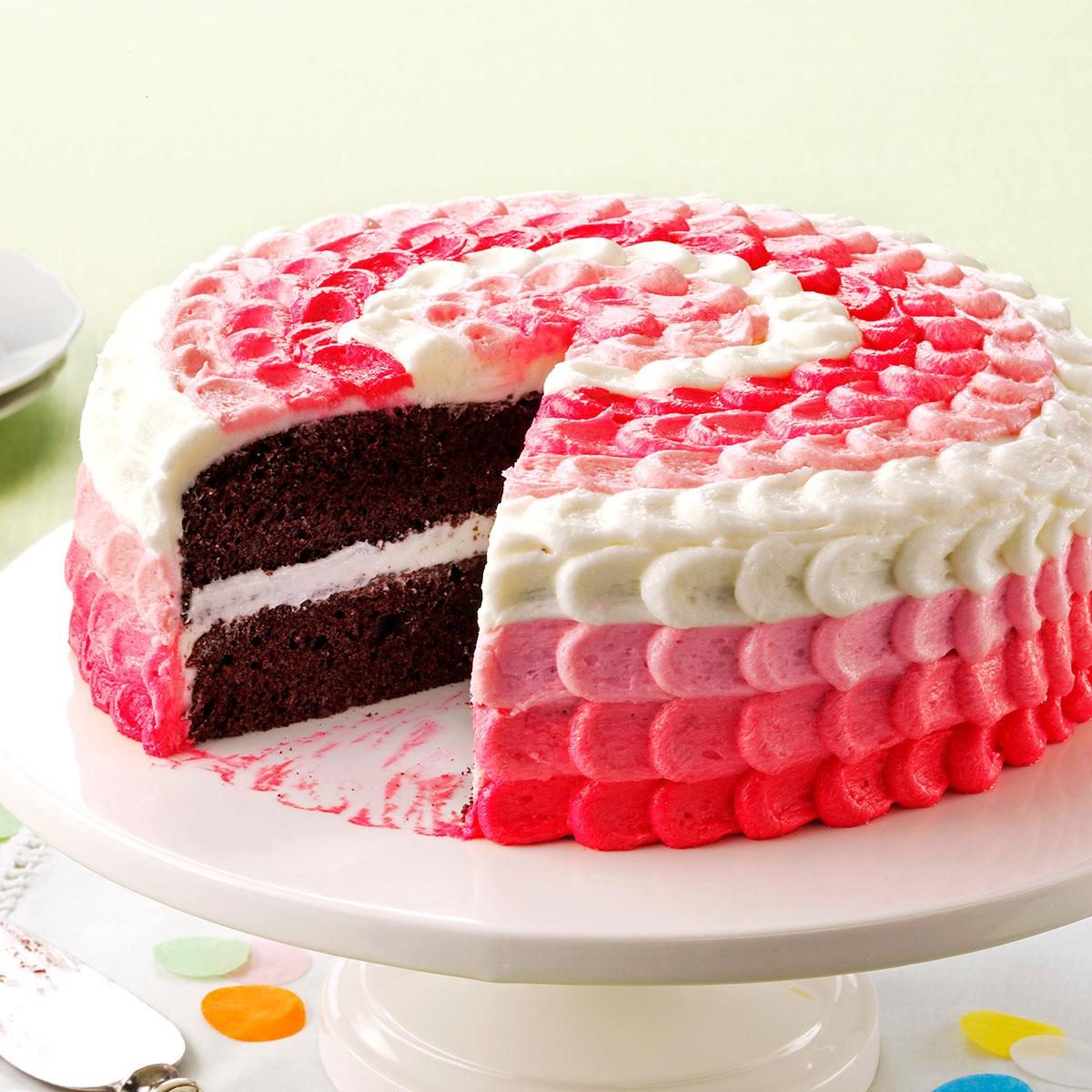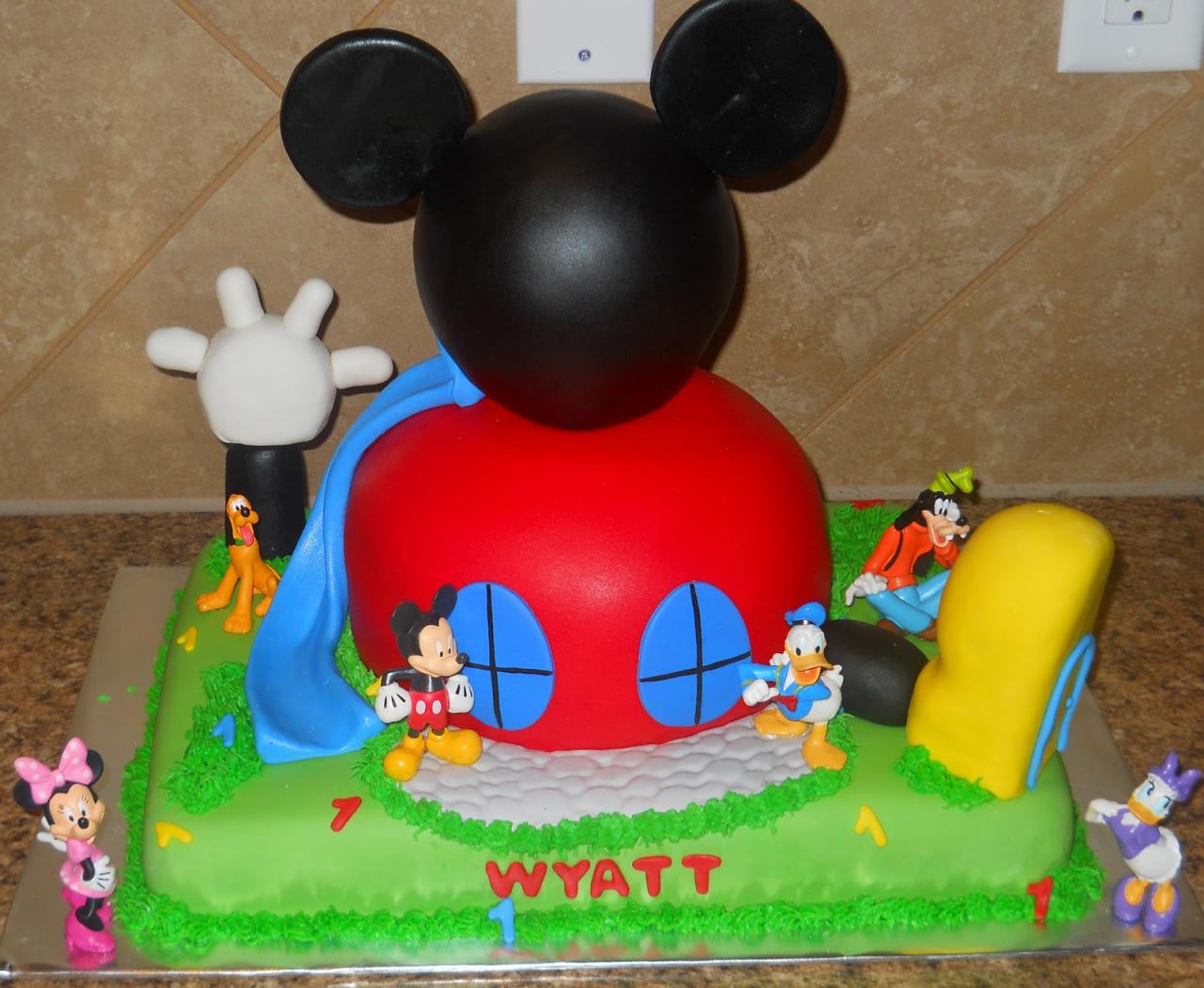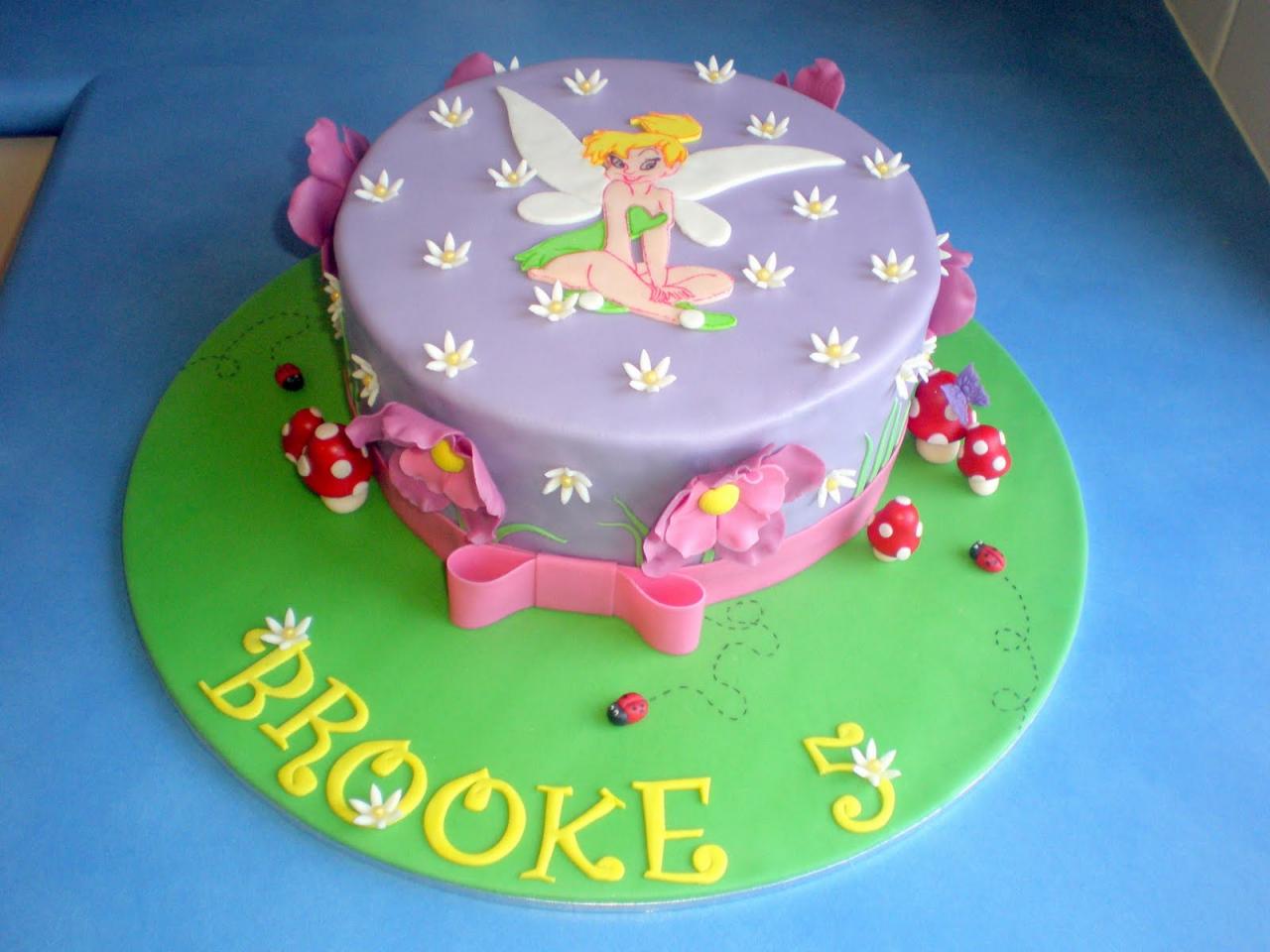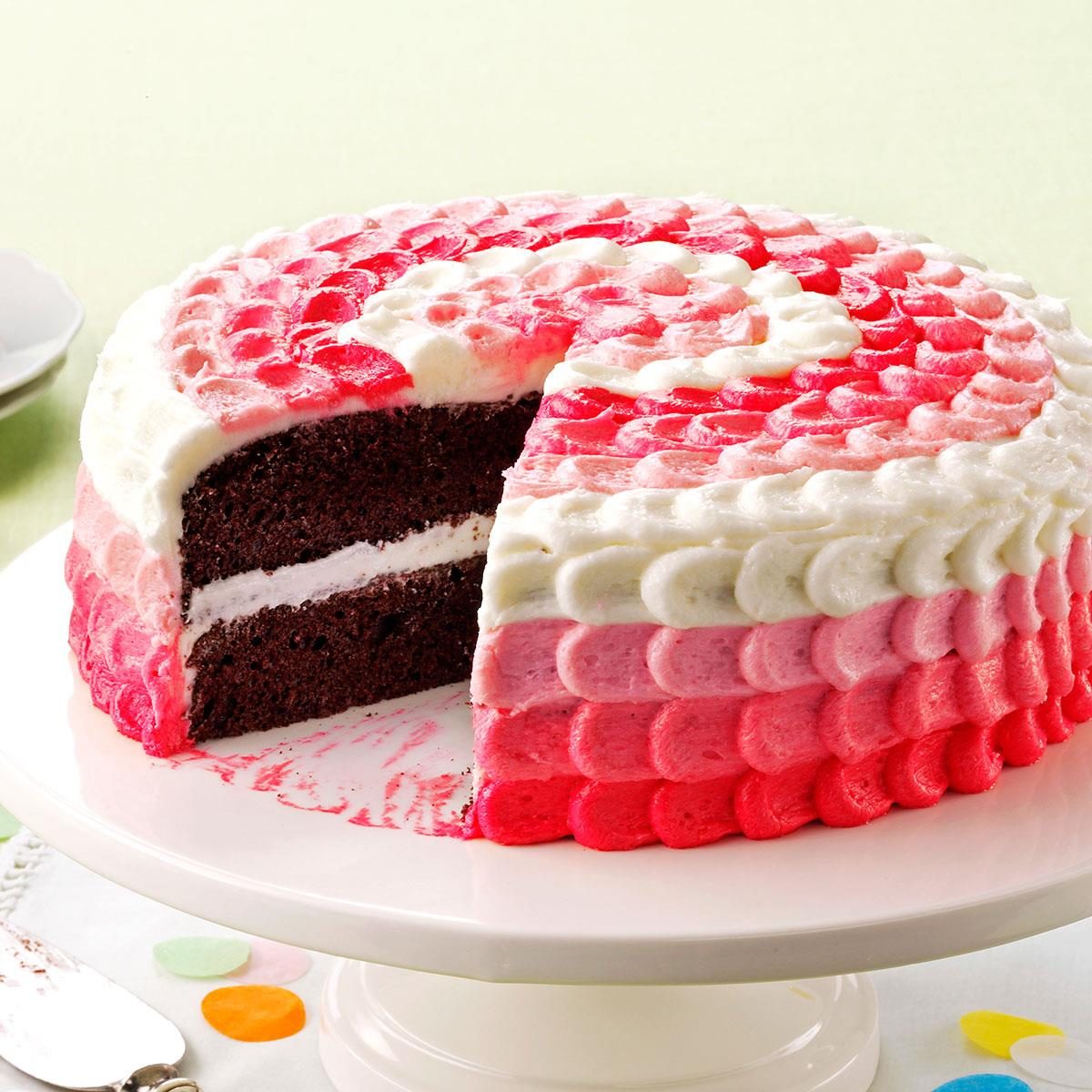How to make cake decorations – Immerse yourself in the enchanting world of cake decorations, where creativity meets artistry. Discover the secrets of transforming ordinary cakes into edible masterpieces with our comprehensive guide. Whether you’re a novice baker or a seasoned pro, this guide will equip you with the knowledge and techniques to elevate your cake-making skills to new heights.
From the basics of buttercream to the intricacies of fondant, we’ll delve into the various types of cake decorations, their advantages, and disadvantages. We’ll also explore essential tools and materials, empowering you to create stunning designs with ease.
Types of Cake Decorations: How To Make Cake Decorations
Cake decorations are an essential part of any celebration, adding a touch of elegance and sophistication to any dessert. There are numerous types of cake decorations available, each with its own unique characteristics, advantages, and disadvantages. The most popular types of cake decorations include buttercream, fondant, and ganache.
Buttercream
Buttercream is a versatile and popular choice for cake decorations due to its smooth, creamy texture and sweet flavor. It is made from butter, sugar, and milk, and can be flavored and colored to match any theme or occasion. Buttercream is relatively easy to work with, making it a good choice for beginners.
However, it can be susceptible to melting in warm temperatures.
Fondant
Fondant is a sugar-based paste that is used to create smooth, flawless finishes on cakes. It is pliable and can be rolled out into thin sheets or molded into various shapes. Fondant is ideal for creating intricate designs and realistic figures.
However, it can be challenging to work with, especially for beginners, and it can be prone to cracking if not handled properly.
Ganache
Ganache is a rich and decadent frosting made from chocolate and cream. It is smooth, glossy, and has a deep chocolate flavor. Ganache is relatively easy to make and can be used to frost cakes, cupcakes, and other desserts. However, it can be difficult to spread evenly and can be too heavy for some tastes.
Techniques for Creating Cake Decorations
Creating intricate and beautiful cake decorations requires a combination of techniques, including piping, sculpting, and molding. Each technique offers unique possibilities for adding personality and elegance to your cakes.
Piping
Piping is a versatile technique that involves using a pastry bag fitted with different tips to create intricate designs and shapes. Basic piping techniques include:
- Outlining:Using a small tip to create borders and Artikels.
- Flooding:Filling in areas with a larger tip to create smooth surfaces.
- Star tips:Creating star-shaped designs and borders.
- Round tips:Producing dots, beads, and swirls.
Sculpting
Sculpting involves shaping fondant or other edible materials into three-dimensional figures or objects. It requires patience and precision, but the results can be incredibly realistic and impressive.
Molding
Molding is a technique that uses silicone molds to create detailed shapes and decorations. You can press fondant or other materials into the molds and let them set, resulting in intricate designs with ease.
Tools and Materials for Cake Decorations

To achieve intricate and professional-looking cake decorations, having the right tools and materials is crucial. From spatulas to piping bags and fondant smoothers, each tool serves a specific purpose and enhances the decorating process.
Let’s delve into the essential tools and materials for cake decorating and explore their uses and benefits.
Spatulas, How to make cake decorations
- Offset spatula:With an angled blade, this spatula is ideal for spreading frosting smoothly over cakes, creating sharp edges, and transferring delicate decorations.
- Bench scraper:This rectangular spatula with a straight edge is perfect for cutting and shaping dough, cleaning work surfaces, and transferring baked goods.
- Palette knife:Similar to an offset spatula but with a flexible blade, a palette knife is used for spreading and blending frosting, creating textures, and applying edible paints.
Piping Bags and Tips
- Piping bags:These reusable or disposable bags come in various sizes and are used to pipe frosting, ganache, and other fillings. They provide precise control over the flow and shape of decorations.
- Piping tips:Interchangeable tips attach to piping bags and determine the shape and size of piped decorations. Common tips include round, star, leaf, and petal tips.
Fondant Tools
- Fondant smoother:A smooth, rounded tool used to create a flawless finish on fondant-covered cakes, removing air bubbles and smoothing out any imperfections.
- Fondant rolling pin:A specialized rolling pin with non-stick surfaces, used to roll out fondant evenly and thinly without sticking.
- Fondant cutters:These cutters come in various shapes and sizes, allowing you to create intricate fondant decorations, such as flowers, animals, and letters.
Designs and Patterns for Cake Decorations

The world of cake decoration is vast and varied, with endless possibilities for designs and patterns. Whether you’re a seasoned baker or just starting out, there’s a design out there to suit your skill level and the occasion you’re celebrating.
For those new to cake decorating, simple designs like polka dots, stripes, or swirls are a great place to start. As you become more comfortable with the techniques, you can try more complex designs like flowers, animals, or even portraits.
Inspiration for Cake Decoration Designs
- Pinterest and Instagram are great sources of inspiration for cake decoration designs. You can search for specific themes, such as “wedding cakes” or “birthday cakes,” or browse through popular designs to see what others have created.
- Magazines and cookbooks are another great way to find inspiration for cake decoration designs. Many magazines and cookbooks feature step-by-step instructions for creating specific designs, which can be helpful for beginners.
- Attend a cake decorating class. This is a great way to learn new techniques and get hands-on experience creating cake decorations.
Choosing a Cake Decoration Design
- Consider the occasion you’re celebrating. A wedding cake will have a different design than a birthday cake or a baby shower cake.
- Think about the skill level you have. If you’re a beginner, you’ll want to choose a design that is relatively simple to create. As you become more experienced, you can try more complex designs.
- Consider the theme of the party. If you’re having a beach-themed party, you might want to choose a cake design that incorporates seashells or waves.
Troubleshooting Common Issues in Cake Decorations

Cake decorating can be a rewarding and enjoyable experience, but it’s not without its challenges. Common problems such as cracked fondant or uneven frosting can be frustrating, but they can be easily resolved with the right troubleshooting techniques.
Here are some common issues you may encounter and how to fix them:
Cracked Fondant
- Cause:Fondant that is too dry or rolled too thinly can crack.
- Solution:Add a little bit of water or glycerin to the fondant to make it more pliable. Roll the fondant out to a thickness of at least 1/8 inch.
Uneven Frosting
- Cause:Frosting that is too thick or not applied evenly can result in an uneven finish.
- Solution:Thin the frosting with a little bit of milk or water until it reaches a spreading consistency. Apply the frosting evenly to the cake, using a spatula or offset knife.
Fondant That Is Too Sticky
- Cause:Fondant that is too sticky can be difficult to work with and may tear.
- Solution:Dust the fondant with a little bit of cornstarch or confectioners’ sugar to make it less sticky.
Fondant That Is Too Dry
- Cause:Fondant that is too dry can be difficult to roll out and may crack.
- Solution:Add a little bit of water or glycerin to the fondant to make it more pliable.
Frosting That Is Too Thin
- Cause:Frosting that is too thin will not hold its shape and may run off the cake.
- Solution:Add a little bit of powdered sugar or cornstarch to the frosting to thicken it.
Creative Applications of Cake Decorations

The world of cake decorations extends far beyond traditional birthday cakes and wedding confections. Creative decorators are finding innovative and unique ways to use these edible masterpieces in non-traditional settings and for special occasions, transforming them into works of art that elevate any celebration.
One such application is the use of cake decorations as centerpieces. Elaborate sugar flowers, intricate fondant sculptures, and cascading tiers of frosting can create a stunning focal point for a table or buffet, adding a touch of whimsy and elegance to any event.
Incorporating Cake Decorations into Other Desserts
Cake decorations are no longer confined to cakes alone. They are now being incorporated into a wide range of other desserts, adding a touch of sweetness and visual appeal. Cupcakes, cookies, and even ice cream can be adorned with intricate sugar work, edible glitter, and fondant accents, transforming them into miniature works of art.
Cake Decorations as Edible Art
In recent years, cake decorations have taken on a new role as edible art. Skilled decorators are creating lifelike sculptures, abstract designs, and even edible paintings using fondant, sugar paste, and other edible materials. These edible masterpieces are often displayed in art galleries and competitions, blurring the lines between food and art.
Personalized Cake Decorations for Special Occasions
Cake decorations have become an essential element in personalizing special occasions. Custom-designed cakes adorned with intricate details and meaningful symbols can commemorate anniversaries, graduations, and other milestones, creating lasting memories that can be shared and cherished.
Concluding Remarks

As you embark on your cake decorating journey, remember that practice makes perfect. Don’t be afraid to experiment with different techniques and designs. With patience and passion, you’ll soon master the art of creating edible masterpieces that will delight your taste buds and impress your guests.



